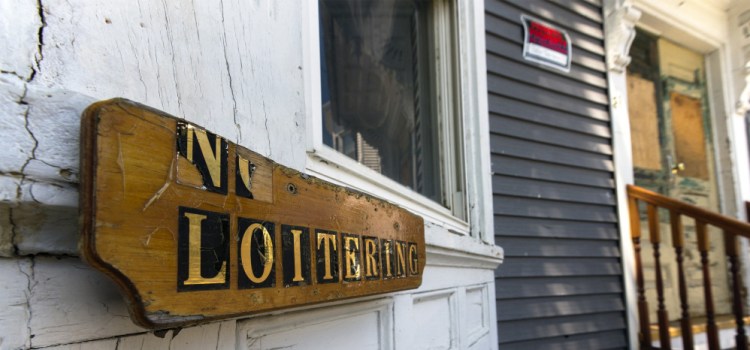We simply are not spending enough on low-income housing, and, boy, are we paying for it.
Without enough vouchers to make housing more affordable, and tax credits and enforcement to make it safe, millions of Americans and thousands of Mainers are stuck in stifling living situations that perpetuate poverty.
NO GOOD OPTIONS
Two recent cases highlight the day-to-day struggles of Mainers forced into impossible and degrading situations because of the lack of affordable, safe housing.
Frustrated with the poor condition of his Augusta apartment, and in a fit of poor judgment, 74-year-old Charles Manning brought a cup of live bed bugs from his home and dumped them on a counter at the city hall. He had found another apartment, but was evicted, he said, because of his complaint, and was recently staying in a motel, facing homelessness.
Margaret Peters, too, was facing a living situation with no good options. Peters, 56, died July 7, one day after receiving a one-month stay on an eviction notice, as she was fighting to remain in a Portland apartment she felt was unsafe and dirty because she had no place else to go. She moved there after being evicted for no cause from another building, by a landlord who wanted the tenants gone so he could renovate and charge higher rents – which Peters could not have afforded.
People like Manning and Peters have no good options. Across the country, the pool of rentals for people with low incomes is small, and riddled with unhealthy buildings in areas beset by problems. Only one in four Americans eligible for housing assistance gets it, so even modestly priced apartments are either out of reach, or leave the renter with little else to spend on other essentials.
POOR HOUSING, POOR OUTCOMES
Substandard, unaffordable housing has been linked to greater emotional and behavioral problems and poorer school performance in kids, and increased anxiety and depression for children and parents. Health problems become more acute, from asthma attacks caused by mold and dust, to the myriad irreversible issues caused by lead.
Among those who qualify, people without housing assistance are more likely to have unmet medical needs than those receiving aid, and children of parents who pay more than half of their income on housing see their test scores suffer.
There are more than a few Americans facing these problems. Out of 135 million households, 30 million were found to have serious health and safety hazards, such as gas leaks, lead, damaged plumbing, poor heating or structural problems, with most in areas contending with other stultifying social problems.
According to the U.S. Department of Housing and Urban Development, in 2013 there were 7.7 million households with the “worst-case housing needs,” meaning those with very low incomes and no government housing assistance who spend more than half of their incomes on housing.
In Maine, there are more than 38,000 households that spend more than half their income on housing, an increase of 47 percent since 2007. Requests for scarce affordable housing vouchers continue to increase with long waiting lists – three years in Augusta, according to the city housing authority.
PAY NOW, OR PAY LATER
Often, then, people are stuck paying most of their income on housing that is making them sick, and making it harder for their children to grow healthy and learn. It increases the chance that an adult will have a devastating and costly health problem arise, or that a child won’t graduate from high school. It puts them far behind, and reinforces the cycle of poverty.
More housing vouchers would help more low-income Americans afford suitable housing, just as developer incentives would help shift market resources toward affordable housing. Supportive housing for seniors and people with disabilities, too, could keep people from languishing in substandard living conditions.
Instead, House Republicans are pushing for significant cuts to housing assistance, as is the Trump administration. That would be unwise. After years of insufficient attention to the problem of low-income housing, it is clear that no one is served well when so many people don’t have a safe place to call home.
Send questions/comments to the editors.



Comments are no longer available on this story